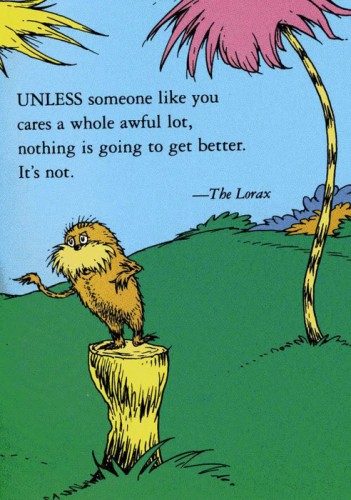Many colleagues, friends, and acquaintances around the world responded to the following question, which I posed to them when starting this blog:
If you personally could do one thing to change “the system” of foreign aid and development assistance, what would you do? (See post “A Question Resonates”)
Pulling together their responses, here’s five more ideas for the way forward in development policy and practice. (For ideas 1-5, see yesterday’s post.)
(6) I just wish there weren’t so much red tape and conditionalities. For example, when traveling overseas, I wish that we didn’t have to pay double the airfare because of “fly america” restrictions. What a waste! We could be using that money to train nurses. H.M., in South Africa
As far as I know, USAID is one of the most infamous and passionately disliked by civil society in Africa because they demand that all capital equipment purchases must be US brands. They demand that US accounting systems be used. If you travel using their money you must use US airways, and so on and so forth. D.D., South Africa
(7) Make people working in the UN in New York, OECD in Paris and other large HQs around the world to live in the field from time to time. Development policy needs to be kept real. R.K., in DRC
Why should current USAID be made up and enforced by a group of people that never leave their desks? That never leave the United States? How can policy be put in place when policy makers don’t even go to the most affected areas? From my understanding USAID has not been in Gaza for over 6 years! So how are they coming up with these RFAs? They make no sense at all. Plain and simple – listen to the people. They know what they need, not some suit drinking Star Bucks in his cubicle. D.S., in Palestine
(8) I’d try to instill mechanisms to make sure projects/efforts are more participatory. L.H., U.S.
Get rid of most of the programmatic restricted funding and allow communities to identify their own priorities. D.K., in South Africa
I would ask the beneficiaries what is that they want? If they had 100 million dollars what would they do? What if they said buy shoes for kids? Make sure every child had a soccer ball? Each school paid their teachers well? Government had proper social services for their citizens? [Would we actually fund that?] D.S., in Palestine
(9) The general public has or feels it has very little access to a lot of the international development world. I think that the outpouring for things like the Tsunami or for Haiti demonstrate that the public cares, but is also very ignorant and thus give billions to the Red Cross which is still sitting on most of the money. Whose it is really for? Who is really benefiting? We live in the age of technology, and the general public can and should have more access [to information on aid]. It’s not necessarily about criticizing, it just about being honest about what aid is, how it is administered, and what it actually costs, including salaries. D.K., in South Africa
I wish the U.S. government would invest a little more in helping the American people to understand how much of a difference our development aid is making around the world, and why it is important to all of us to continue that support. PEPFAR was the Bush administration’s most monumental achievement, but he barely ever mentioned it because he was afraid the public wouldn’t support sending so much money overseas. We need to combat these attitudes, not sweep the issue under the rug. H.M., in South Africa
(10) Don’t call it aid. It creates dependence. V.H., Azerbaijan
Please feel free to include a comment answering:
1) What is the idea that could have the most impact?
2) Which idea is most feasible?
3) Which idea is most unrealistic and why?
4) Please share any examples where these ideas are already in place. (Thanks D.W.)


Pingback: Tweets that mention How Matters / Changing the aid system: 5 more ideas from the inside -- Topsy.com
Large international aid organization’ initiatives are currently focusing on technology and scalable projects, largely ignoring the power of small grassroots community development.
In addition, these large projects don’t include an exit strategy that includes transferring all responsibility to the community including project maintenance and fiscal sustainability.
In my experience, if the project is not community driven and regarded as having an economic benefit, it will simply cease operating once the outside funding is gone.